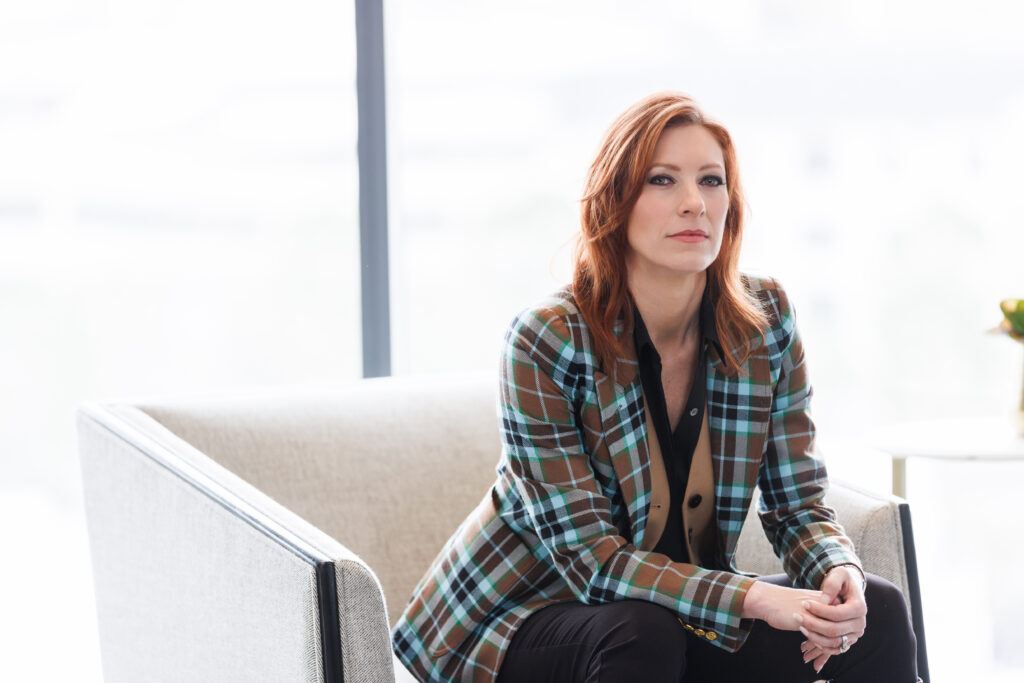How things have changed.
Ten years ago, I conducted my very first jury trial. Back then, I was the only woman at counsel’s table — at either counsel’s table to be more precise. In a way, that was progress. During law school, I frequently sat in on depositions, hearings and trials where female representation was limited to court reporters and the occasional paralegal. Even the witnesses were predominately male since their testimony typically involved STEM disciplines.
In those days, it was surprising to opposing counsel when women would appear on behalf of a client. A short time later, when I began practicing law, it was not unusual for several of my colleagues and I to be mistaken for court reporters during depositions. In fact, opposing counsel were often shocked that I was allowed to depose witnesses at all, much less without supervision.
So, when I tried that first case to a jury, I was beyond proud to have broken through. I had earned a seat at the table among the other esteemed (albeit, male) attorneys duking it out in court. Then came a seemingly innocuous moment that shined a light on how novel my appearance actually was — an event that illustrated that my role in the courtroom was certainly the exception, not the rule.
Midway through the trial, another female walked to the podium. It was the first time a woman other than me had done so over the course of the proceedings. However, she approached not to present an argument or examine a witness, but to help my male opposing counsel operate a projector. This brought into stark relief just how underrepresented female litigators were at the time, which was especially troubling given the jury consisted almost entirely of women.
Moving the Needle
A decade has passed since then and, thankfully, the makeup of professionals in courtrooms nationwide has evolved. Women can now be found with regularity arguing at hearings and presenting witnesses in court. Instead of one token female at counsel’s table, there are women in numbers on both sides of the aisle, and they are taking both first- and second-chair positions at trial.
Female representation at the appellate court level is also increasing. Case in point: In 2019, I argued at the Federal Circuit, backed by an all-woman team. While this is still not the norm, my “sisters in law” are beginning to dismantle the barriers to entry in our profession, as evidenced in my most recent trial, in which both parties offered opening statements through female lawyers. This was a first in my experience in an intellectual property case.
There is undeniable momentum for women attorneys, which is good news, indeed. This is certainly true in IP law, my chosen field, though we still have a long way to go.
Women in STEM
These experiences in the law prompt me to reflect on my foundational upbringing, interests and education. I am an electrical engineer and the product of a STEM education. Among patent litigators, my background and gender make me something of a rarity, though this is no news flash.
That women are underrepresented in STEM fields is a well-documented and persistent issue. Despite increasing awareness and efforts to address the problem, females remain too few and far between in science, technology, engineering and mathematics.
When I was an undergraduate at Southern Methodist University working toward my degree in electrical engineering with biomedical specialization, I became used to being the only woman in the classroom. Things did not change much after I earned my law degree and began life as an IP trial attorney. In some ways it was worse. The number of women in STEM was obviously small, but the number grew even smaller when factoring in the universe of women in STEM who also wanted to be patent litigators.
I’m happy to say that women in STEM are now on the rise, though again we still have work to do. I’m excited for our future, especially as our ranks swell in STEM programs at every educational level, as well as the law.
Blazing a Trail
My advice for women today is this: When you do not see anyone that looks like you — whether in the classroom, the courtroom or the boardroom — be a trailblazer.
Make no mistake, this path is not for the faint of heart. Blazing a trail means working harder and longer than those walking the well-trod path and doing battle with traditional gender roles and expectations. Still, the rewards are sweet. In my case, I am not only a sought-after IP litigator, but also the Dallas office managing partner at Michelman & Robinson, LLP. And I am honored to be among two other female first-chair trial attorneys that also happen to be office managing partners at M&R: Lauren Varnado, who is among the country’s premier oil and gas attorneys, and Mona Hanna, the firm’s National Complex & Class Action Trial Chair.
It is incumbent upon people like Lauren, Mona and me to shine as bright a light as possible on women in our profession and encourage them to forge ahead. By paying it forward, more females will enter STEM and legal fields and remove the remaining obstacles for those that come later.
Ashley Moore manages the Dallas office of Michelman & Robinson, LLP, a national law firm headquartered in Los Angeles, with additional locations in Irvine, San Francisco, Houston, Chicago and New York City. A renowned patent litigator, Ashley has helped clients amass more than $1 billion in verdicts, arbitration awards and settlements over her career. She can be contacted at (214) 273-4050 or amoore@mrllp.com.

